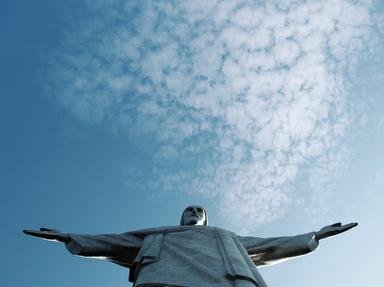Quiz Answer Key and Fun Facts
1. True Kingstonians describe themselves as being "born under the clock." By this they mean that they were born within sight and sound of the clock tower of a certain major Kingston landmark. Which of the following is the landmark in question?
2. What luxurious hotel, once located on Harbour Street close to Kingston's waterfront, was formerly a popular winter resort for the world's rich and famous?
3. What hugely popular local politician made history by being the first person to hold ministerial posts in the governments of both political parties, the Jamaica Labour Party (JLP) and the People's National Party (PNP)?
4. From the performance of the first pantomime "Jack and the Beanstalk" in 1941, pantomime has become a tradition in the culture of Jamaica. At which of the following theatres did the players of Kingston's Little Theatre Movement (LTM) stage their annual Boxing Day pantomimes?
5. On her first visit to Jamaica in 1953, Queen Elizabeth II was so impressed with the state of this public gardens that she gave permission for the word "Royal" to be used in its name. Which of the following gardens received this honour?
6. After operating for more than 100 years, in 1957 Jamaica Railways had the worst accident in its history. The news that a train returning to Kingston from Montego Bay had derailed and that 200 passengers had died and 700 others were injured stunned everyone on the island. Where did this accident occur?
7. As its population grew in the 1700s, wealthy people began to relocate to places north of Kingston. These places were livestock farms called "pens." The farms were divided up and sold as residential lots. The residential communities that developed came to be known by the name of the Pen on which they were built. Which of the following Pens was NOT located in Kingston?
8. What commercial enterprise sponsored the Santa Claus Parade and brought Santa Claus to its store in Kingston each year?
9. A radio network with headquarters in Kingston distributed "little brown radio boxes" across the island between 1951 and 1968. The boxes allowed listeners to access information and programming that RJR broadcast without needing to have radio sets. What was the proper name of these boxes?
10. Until 1955 all Anglican bishops of Jamaica had been British. Who was the first person of African ancestry to be elected to this position?
Source: Author
mynah5459song
This quiz was reviewed by FunTrivia editor
bloomsby before going online.
Any errors found in FunTrivia content are routinely corrected through our feedback system.

